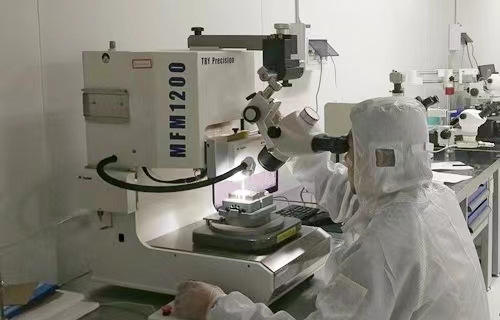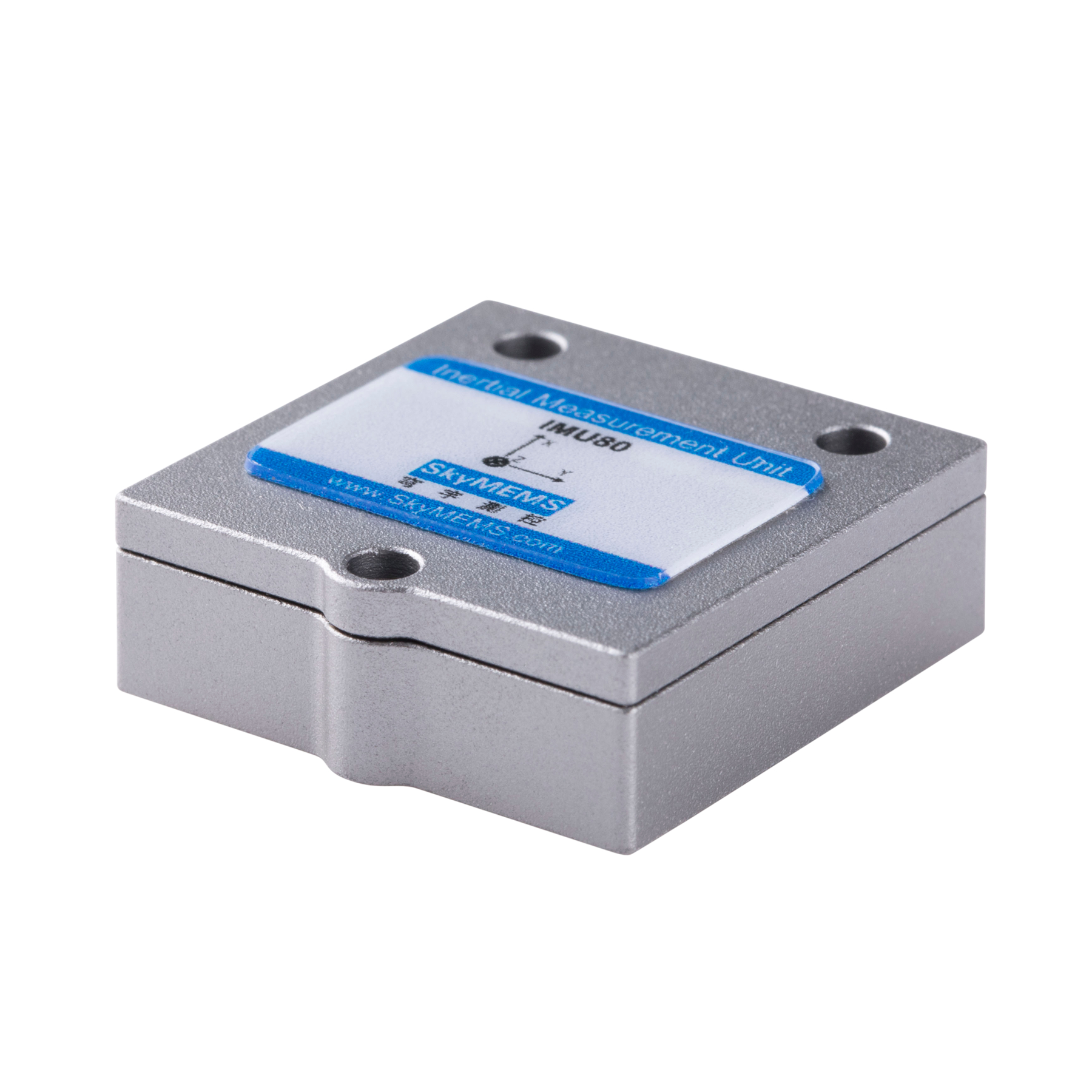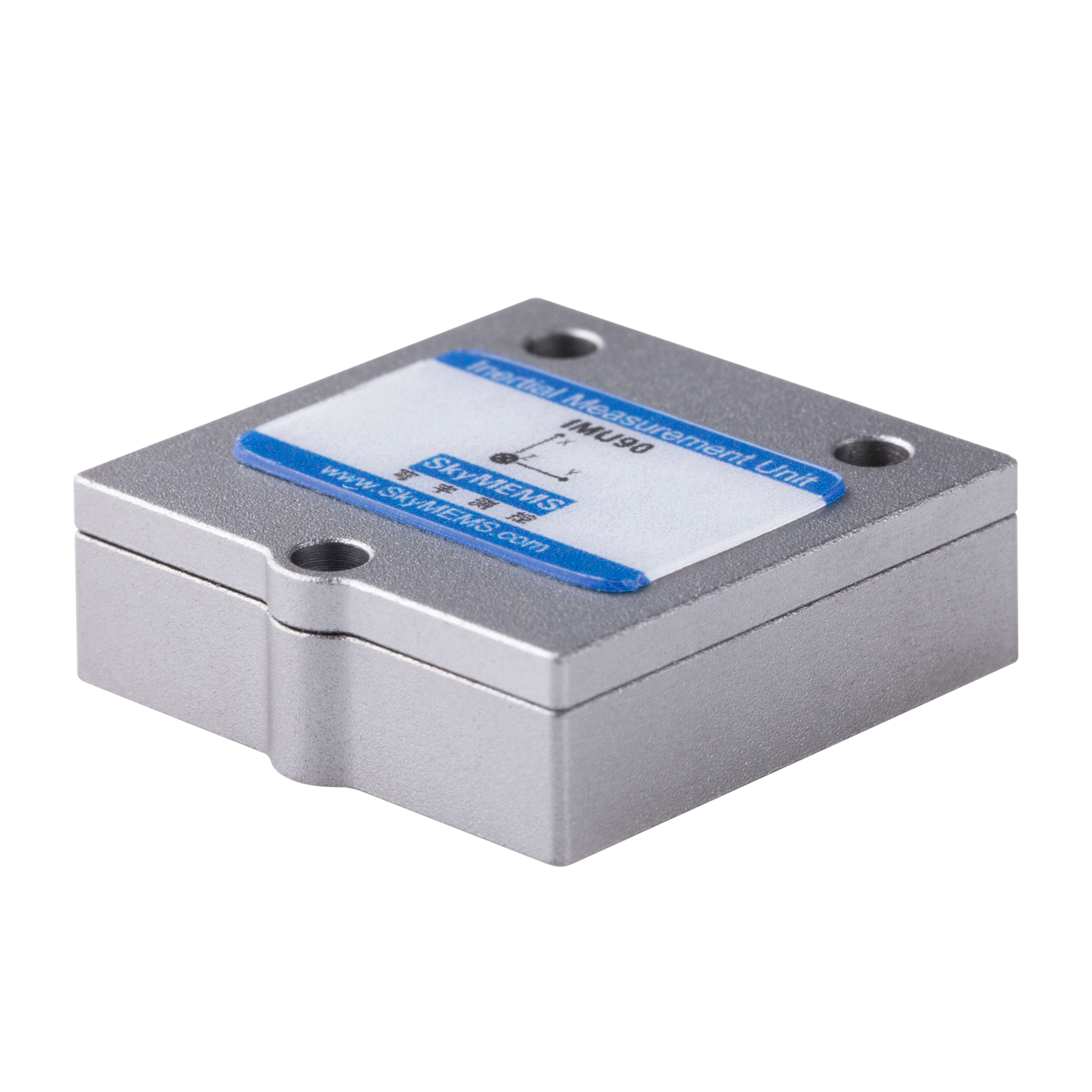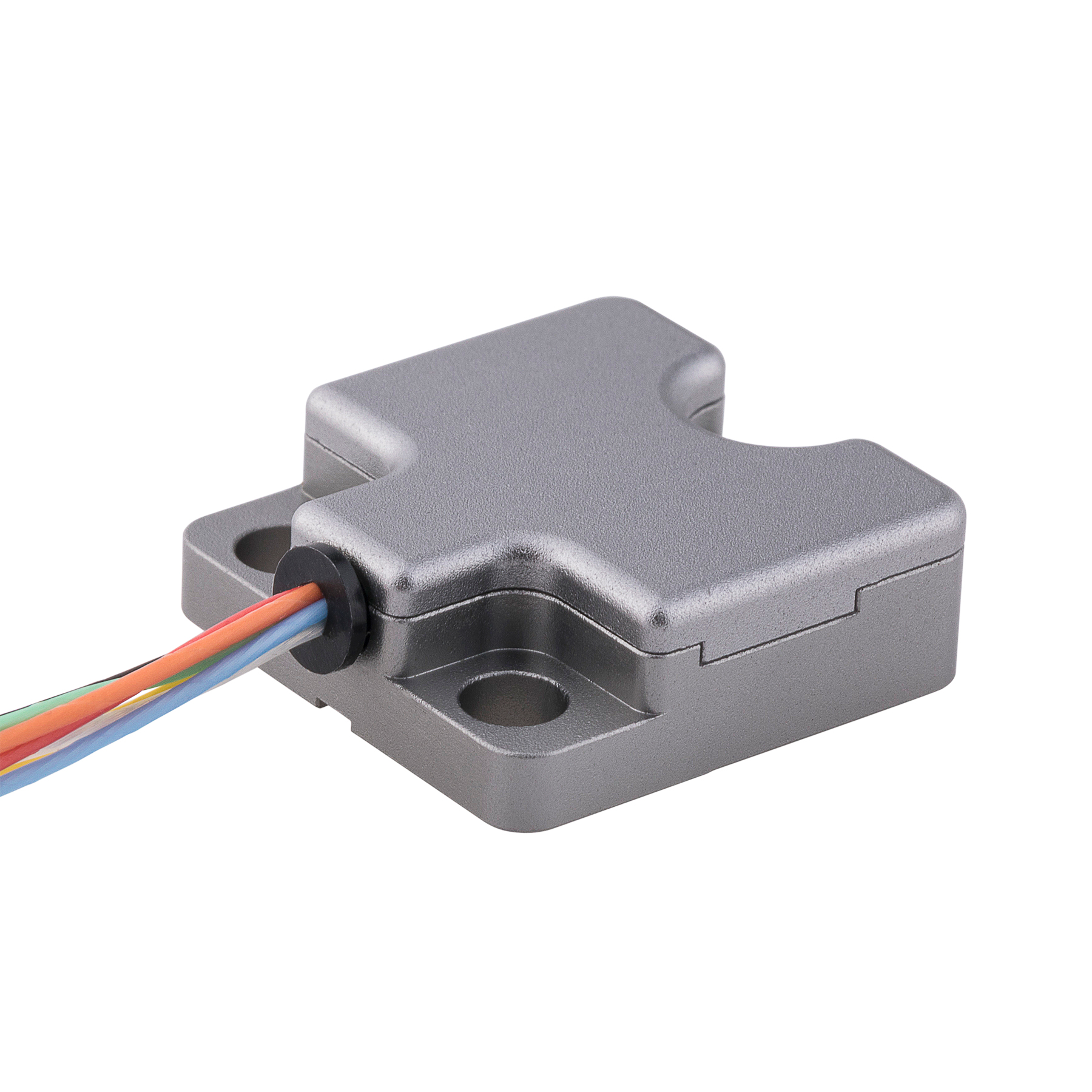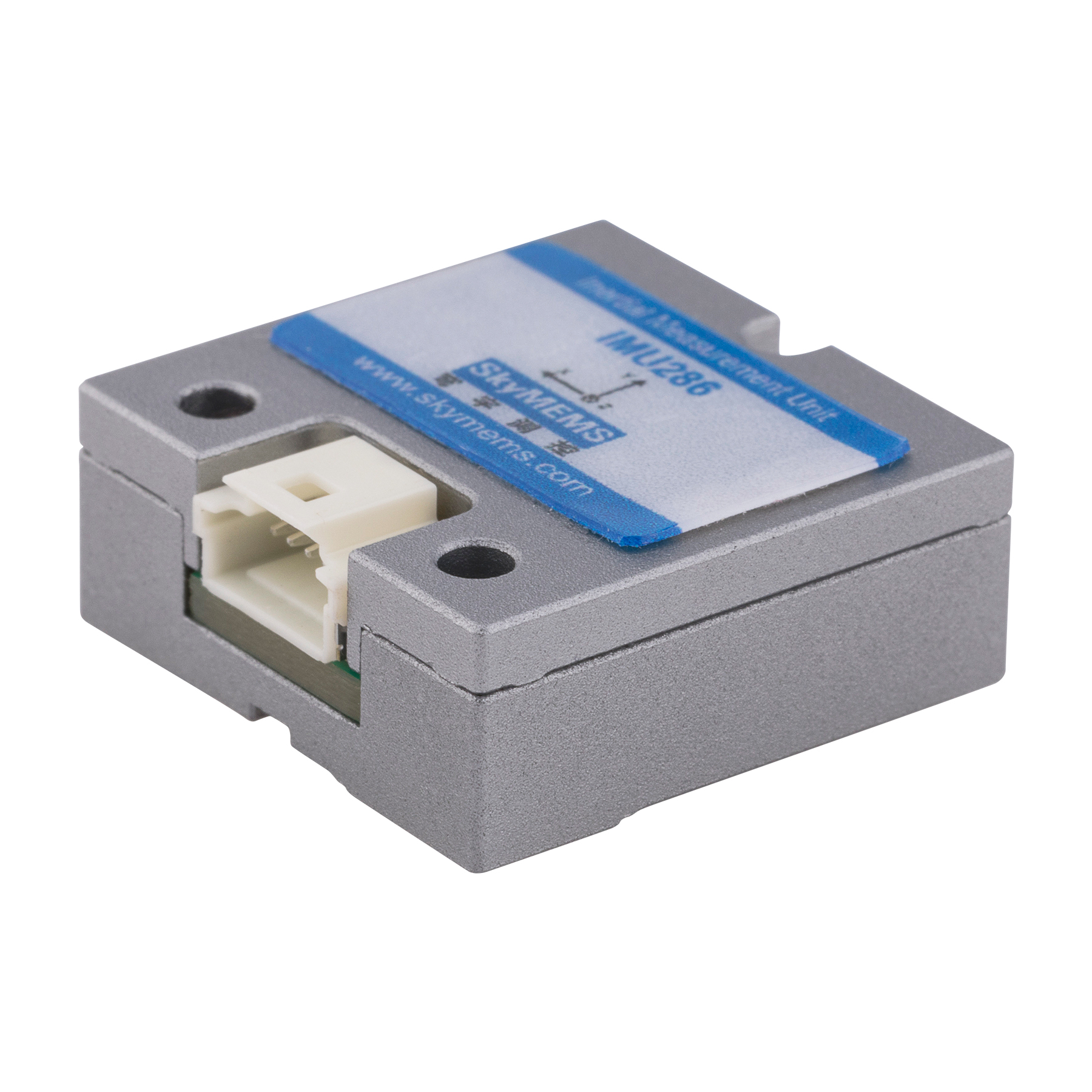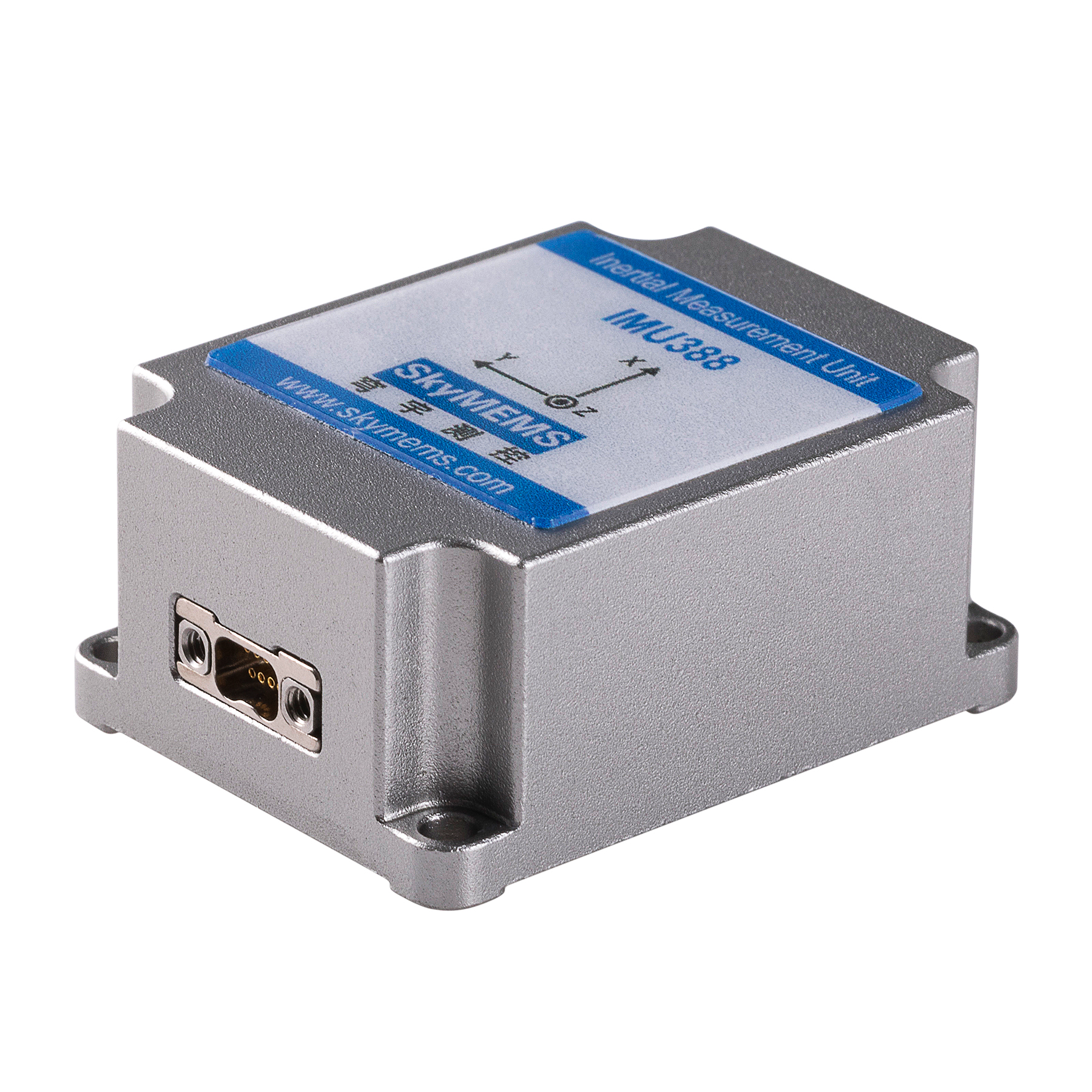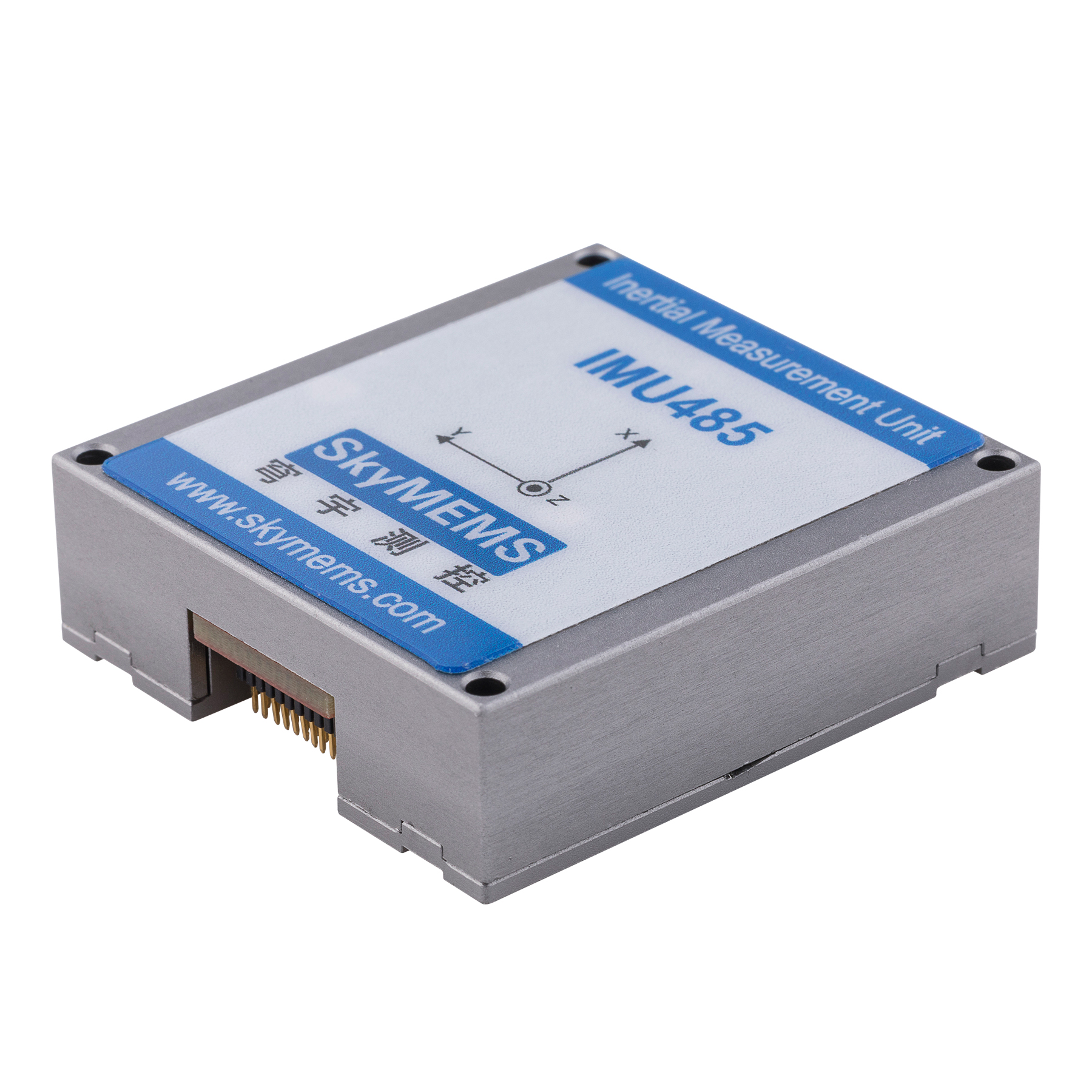Introduction
Analog MEMS accelerometers are sophisticated motion and vibration sensing devices with a wide range of useful capabilities and applications. In this comprehensive introduction, we will explore what makes analog MEMS accelerometers an excellent choice for acceleration and tilt measurement.

Key Technical Advantages
- Ultra Low Noise – Analog MEMS accelerometers achieve noise floors as low as 2.5 μg/√Hz thanks to innovative MEMS sensor designs that minimize mechanical noise. Special low-noise ASICs further reduce electrical noise through high-resolution analog-to-digital conversion and advanced filtering. This enables detecting extremely subtle motions and vibrations.
- Large Dynamic Range – Ranges exceeding ±2g/±3g allow simultaneously measuring strong impulse shocks and minute micro-motions with high fidelity. Wider dynamic range ensures critical peak events are captured without saturating the sensor while also resolving small signals, essential for applications like machinery monitoring.
- DC Response – Analog MEMS accelerometers measure both dynamic AC accelerations and constant DC accelerations, critical for accurate tilt and inclination sensing. The DC-coupled analog signal path maintains a voltage output proportional to acceleration, even under prolonged constant acceleration.
- Fast Response Time – State-of-the-art MEMS fabrication achieves response times, allowing accurate measurement of brief transients associated with impacts and high-speed events. This level of responsiveness facilitates vibration analysis and impact study.
- Low Drift Over Temperature – Onboard compensation techniques maintain exceptional bias and sensitivity stability over temperature, down to just 0.2 mg/°C. This minimizes the impact of thermal changes on measurement accuracy, ideal for applications with wide temperature swings.
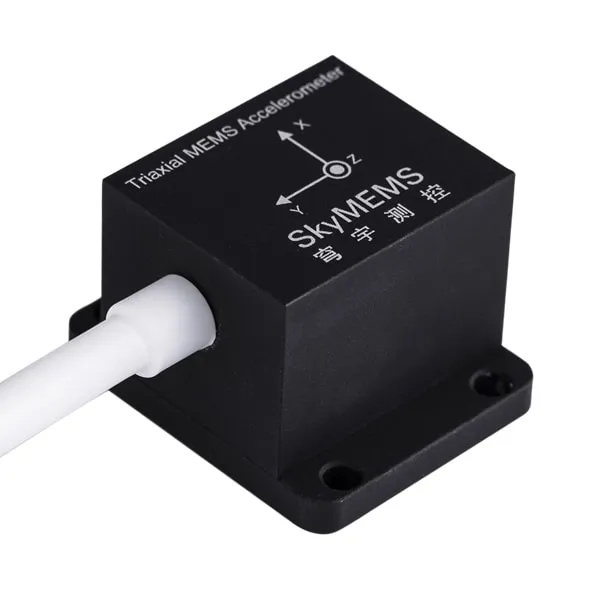
Ideal for Critical Applications
– Vibration Analysis – Low noise, wide bandwidth, and fast response time allow analog MEMS accelerometers to detect minute vibrations in rotating machinery for health monitoring and predictive maintenance. Frequency analysis identifies problematic resonances.
– Structural Monitoring – Analog MEMS accelerometers continuously monitor buildings, bridges, wind turbines, and other structures for seismic events, damage, and inclination changes with excellent precision.
– Platform Stabilization – Accurate real-time acceleration feedback enables active stabilization of aerial, marine, and ground-based platforms and control systems even in rough conditions.
– Impact & Shock Detection – The combination of low noise, wide dynamic range, and fast response facilitates detecting, analyzing, and recording low to high G impacts from events like automobile accidents, sports impacts, and package drops.
– Tilt Sensing – Excellent DC response provides accurate static tilt measurements to monitor inclination changes in applications like industrial robots, heavy machinery, construction equipment, and more.
Specialized MEMS & ASIC Design Innovations
– Unique mechanical sensor designs like full dual-axis and tri-axis configurations in a single MEMS module allow 2D or 3D measurements from one sensor. Robust designs withstand high shock.
– Advanced MEMS manufacturing techniques like high-aspect ratio micromachining, deep reactive ion etching, wafer bonding, and vacuum sealing produce highly precise inertial sensors with excellent performance consistency.
– Custom low-noise ASICs with onboard intelligence like DSP filtering, temperature compensation, and calibration algorithms deliver clean, calibrated acceleration signals with excellent precision.
Flexible Programming & Communications
– Self-test, auto-zero calibration, and adjustable filter settings allow programming each sensor for the optimal balance of precision, bandwidth, and refresh rate.
– Dual-axis and tri-axis models conveniently provide acceleration measurements for multiple axes from a single digital or analog interface.
Robust Design for Industrial Environments
– Hermetic sealing maintains performance stability over the long term despite ongoing thermal cycling and moisture exposure. Rigorous quality control standards accelerate testing and validation.
– Component-level screening, batch-level burn-in testing, and device-level final testing ensure each sensor meets strict performance specifications for responsiveness, noise, zero g offset, sensitivity, and more.

Specialized Models for Diverse Applications
- Low-frequency vibration models optimized for machine monitoring with noise floors as low as 2.5 μg/√Hz and multi-stage filtering for clean low-frequency signals.
- Tri-axis accelerometers in chip-scale packages ideal for orientation sensing in portable and battery-powered devices.
- RoHS-compliant “green” models meet strict environmental standards for reduced hazardous substances.
Specific Applications
High-Speed Rail
Analog MEMS accelerometers are widely used in high-speed rail applications for motion control, condition monitoring, and safety systems. Accelerometers mounted on key train components like wheels, gearboxes, motors, and suspensions measure vibration to detect emerging faults early before catastrophic failures occur. The combination of low noise, dc response, and fast settling time allows resolving vibration frequencies to catch deterioration onset. Networked accelerometers along the train enable full system health analysis.
For passenger comfort, accelerometers provide real-time ride quality feedback to actively stabilize train suspensions and minimize motion sickness. Precision inclination data guides tilting trains at high speeds. Crash survivability systems deploy airbags based on impact measurements. With their durability, operation up to 85°C, and resistance to electrical noise, analog MEMS accelerometers perform reliably despite train operation environments. Their precision inertial data helps keep high-speed rail safe, smooth, and efficient.

Earthquake Monitoring
In earthquake early warning and event characterization, analog MEMS accelerometers detect initial P-waves before destructive S and surface waves arrive. Their low noise and wide dynamic range resolve ground motion from micro-seismicity up through severe shaking. Accelerometers situated along major fault lines can provide seconds to tens of seconds of advance warning, allowing safety measures to activate. Large sensor networks covering multiple tectonic plate boundaries help geophysicists visualize earthquake propagation and improve models. The precise, accurate measurements withstand the huge ground accelerations and prolonged shaking of major seismic events. Analog MEMS accelerometers support better earthquake preparedness and mitigation worldwide.
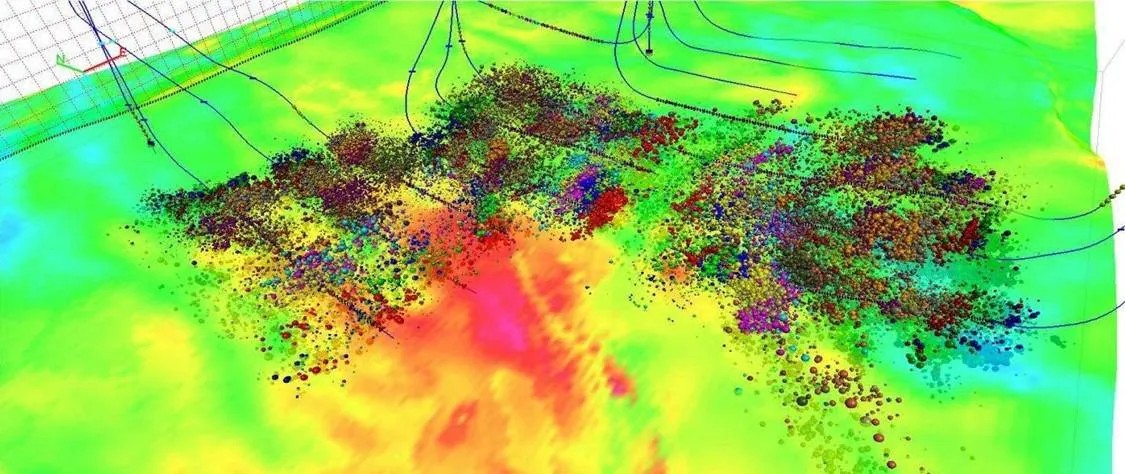
Structural Health Monitoring
Analog MEMS accelerometers are a key enabling technology for comprehensive structural health monitoring of critical buildings, bridges, dams, wind turbines, and more. By permanently installing an expansive network of accelerometers across the entire structure, engineers can continuously monitor for emerging damage and deterioration issues before they pose safety risks.
The accelerometers detect subtle vibrations and structural movements on the order of micrometers. Very low noise floors down to just 2.5 μg/√Hz allow resolving even minute resonances, expansions, and displacements. The DC-coupled analog output facilitates measuring gradual foundation settling and long-term inclination changes that may occur over months or years.
Engineers collect massive amounts of vibration pattern data under both ambient and excited structural loading conditions. Advanced signal processing and modal analysis help identify problematic structural resonances that may worsen due to developing cracks or joint wear. Data fusion from hundreds of distributed sensors informs analytical structural models.
The rugged, compact MEMS accelerometer networks remain operational 24/7 for decades. Their robustness to electromagnetic interference and wide temperature swings allows permanent embedding within concrete or attachment onto steel. Regular high-frequency sampling provides deep insight into the structure’s evolving vibration signatures over its entire life cycle.
By detecting issues early, owners can take preemptive action via repairs, retrofits, or operational adjustments to avoid catastrophic collapses. Analog MEMS accelerometer networks thus provide invaluable data for prolonging the safe functional life of critical infrastructure.

Summary
In conclusion, analog MEMS accelerometers provide unmatched performance for precision motion measurement. Their ultra-low noise, wide dynamic range, DC response, rapid settling time, and robust tolerance of extreme environments make them an excellent choice for critical applications ranging from machine condition monitoring to structural health assessment, platform stabilization, impact testing, and more. The optimized MEMS sensor and ASIC designs deliver reliable, accurate real-world acceleration data to protect infrastructure, maximize equipment uptime, advance scientific research, and ultimately improve safety. For projects requiring the highest-quality inertial measurements, analog MEMS accelerometers are an ideal acceleration sensing solution.
With their unique combination of ultra-low noise, wide dynamic range, DC response, rapid settling times, and robust environmental tolerance, today’s analog MEMS accelerometers deliver high precision acceleration measurements not possible with other sensor designs. Their optimized MEMS and ASIC designs provide reliable vibration analysis, motion measurement, platform stabilization, impact detection, and inclination monitoring for the most demanding applications. With flexible programming options and rugged designs capable of withstanding extreme environments, analog MEMS accelerometers reduce downtime while providing scientists, engineers, and researchers with precise real-world motion data on which to build smarter and safer designs. For projects requiring the highest quality acceleration measurement, analog MEMS accelerometers are an ideal choice.
Technical Specifications
Parameter MAS1000H-2MAS1000H-3 Remarks Accelerometer OutputElectrical Specs Environment Performance Physical Specs
| Axis number | 1-2-3 | 1-2-3 | |
| Range | ±2g | ±3g | |
| Zero bias | ±100mV | ±100mV | |
| Scale factor sensitivity (differential output ) | 1800±20mV/g | 1200±20mV/g | |
| Scale factor sensitivity (Single port output ) | 900±20mV/g | 600±20mV/g | |
| Bandwidth (-3dB) | 200Hz | 200Hz | (adjustable) |
| Output noise | 2.5μg/√Hz | 2.5μg/√Hz | |
| Non linearity | 0.1%F.R | 0.1%F.R | |
| Bias temperature coefficient | ±0.2mg/°C | ±0.2mg/°C | |
| Cross-axes influence | 0.03 | 0.03 | |
| Scale factor temperature coefficient | 120ppm/°C | 120ppm/°C | |
| Output voltage (differential output ) | 0~ ±3.6V OutP :0.5~4.5V OutN: 0.5~4.5V |
OutP, OutN full range output | |
| Output voltage (Single port output ) | 2.5±1.8V | full range output | |
| Self test function | |||
| Frequency | 19Hz | square wave output | |
| Duty ratio | 0.5 | ||
| Amplitude | 0.8g | peak value | |
| Self test threshold voltage | 4Vmin 5Vmax | High level is valid | |
| Working voltage | 7~24V or 5V±3% | ||
| Working current | ≤25mA | ||
| Start up time | 20ms | ||
| Operating temperature | -40~+85°C | ||
| Storage temperature | -55~+125°C | ||
| Shock resistance | 6000g | ||
| Dimensions (mm) | 37×30×25mm | ||
| Casing | aluminum alloy | ||
| Weight | 30grams (without lines), 76 grams (with lines) | ||

